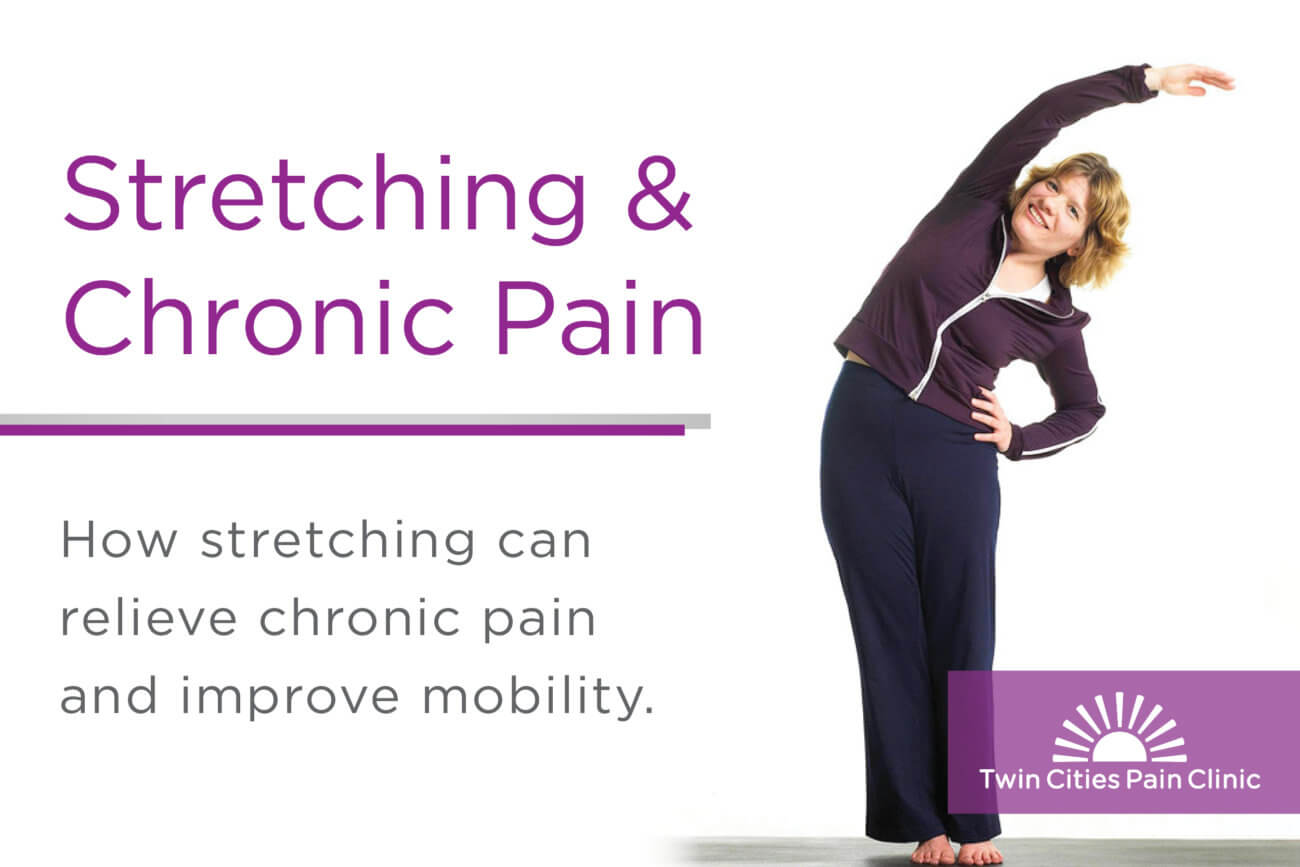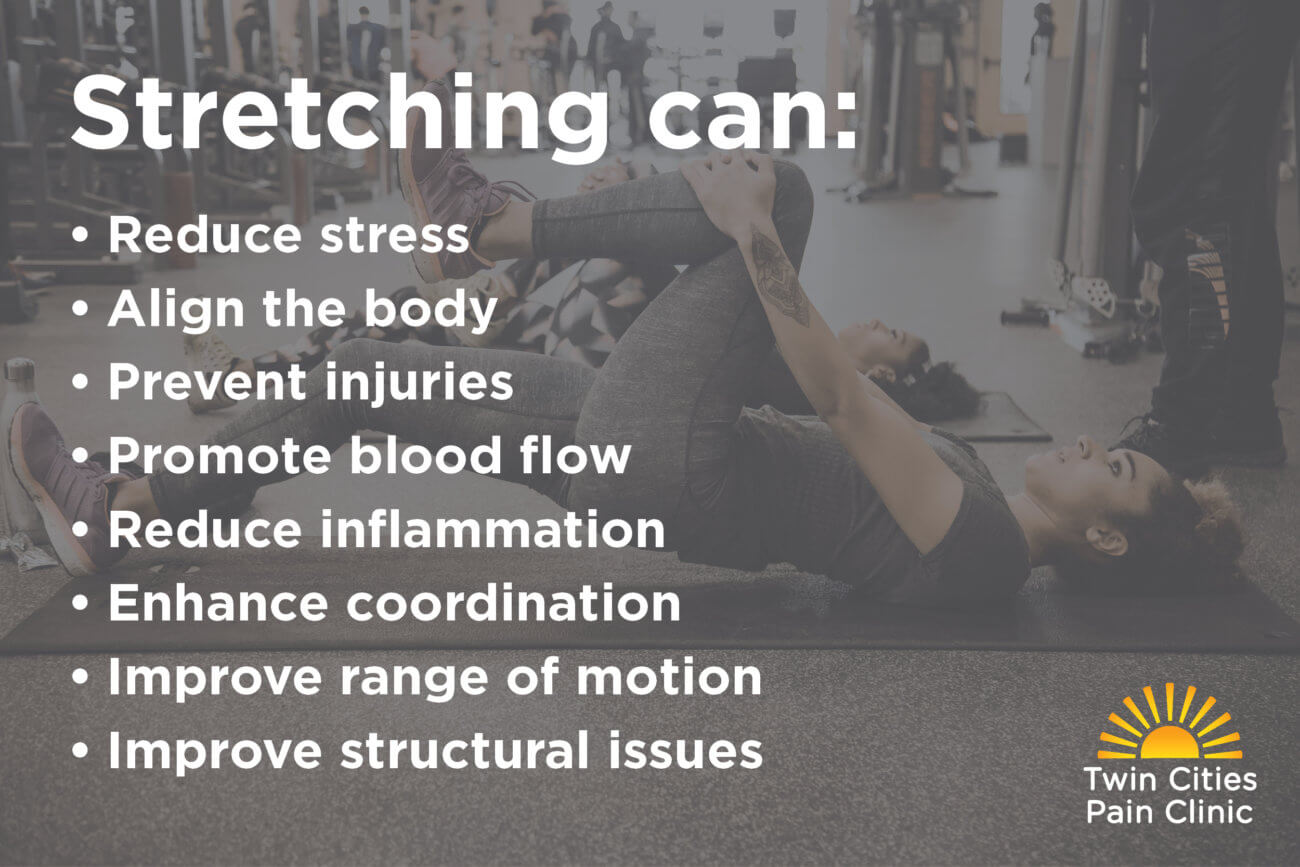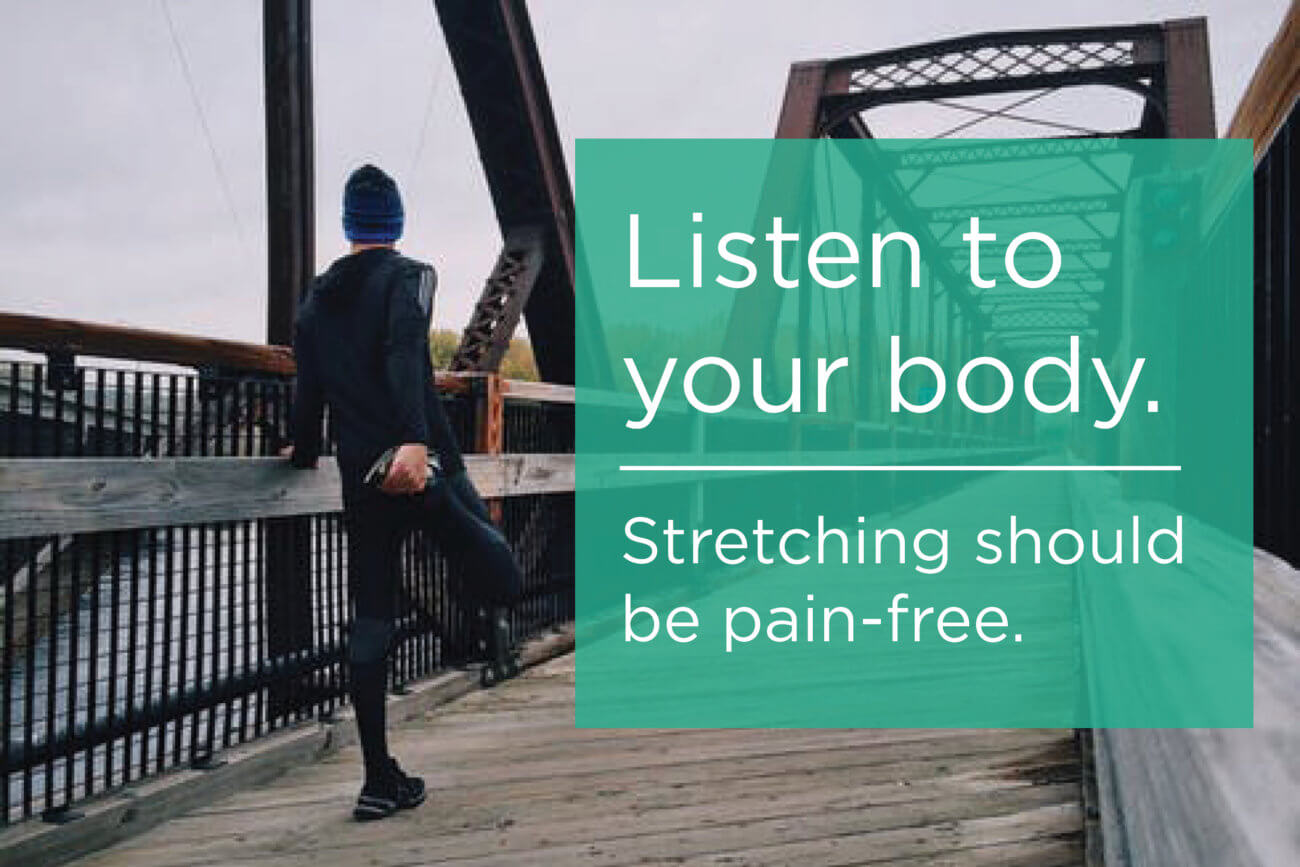 Maintaining good physical fitness is vital to overall health and wellness. There are five components of physical fitness, and they include cardiovascular fitness, muscular strength, muscular endurance, healthy body composition and flexibility. A healthy and fulfilling life is best achieved by keeping up with all five, but today we are going to focus on flexibility.
Maintaining good physical fitness is vital to overall health and wellness. There are five components of physical fitness, and they include cardiovascular fitness, muscular strength, muscular endurance, healthy body composition and flexibility. A healthy and fulfilling life is best achieved by keeping up with all five, but today we are going to focus on flexibility.
Flexibility is the ability of a joint or series of joints to move through an unrestricted, pain free range of motion (1). The best way to improve flexibility is through a regular routine of stretching. Not only is stretching a good way for anyone to keep their body moving and functioning at its best, but it can also help relieve chronic pain.
Here we discuss how stretching can help with chronic pain and provide some tips and hints for implementing your own stretching regimen at home.
The Benefits of Stretching
A stretching program can help bring alignment to the joints of your shoulders, hips, knees, and ankles. When the body is properly aligned, mobility is increased and inflammation of the joints is reduced.
- How this helps with chronic pain: Inflammation is one of the most common causes of chronic pain. By reducing inflammation of joints and ligaments, the severity of pain can be significantly reduced.
Stretching consistently can improve range of motion, help relieve stiffness and muscle aches, help prevent injuries, and help improve structural problems.
- How this helps with chronic pain: Improved range of motion generally means you do not have to stress your body as much to carry out regular tasks, reducing the risk of injury. And since injury and structural issues are major chronic pain risk factors, preventing these issues can help keep chronic pain at bay.


 Maintaining good physical fitness is vital to overall health and wellness. There are five components of physical fitness, and they include cardiovascular fitness, muscular strength, muscular endurance, healthy body composition and flexibility. A healthy and fulfilling life is best achieved by keeping up with all five, but today we are going to focus on flexibility.
Maintaining good physical fitness is vital to overall health and wellness. There are five components of physical fitness, and they include cardiovascular fitness, muscular strength, muscular endurance, healthy body composition and flexibility. A healthy and fulfilling life is best achieved by keeping up with all five, but today we are going to focus on flexibility.



